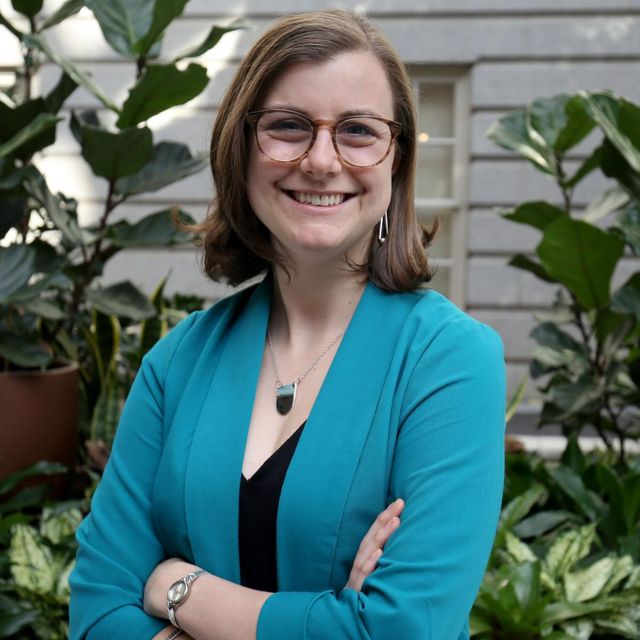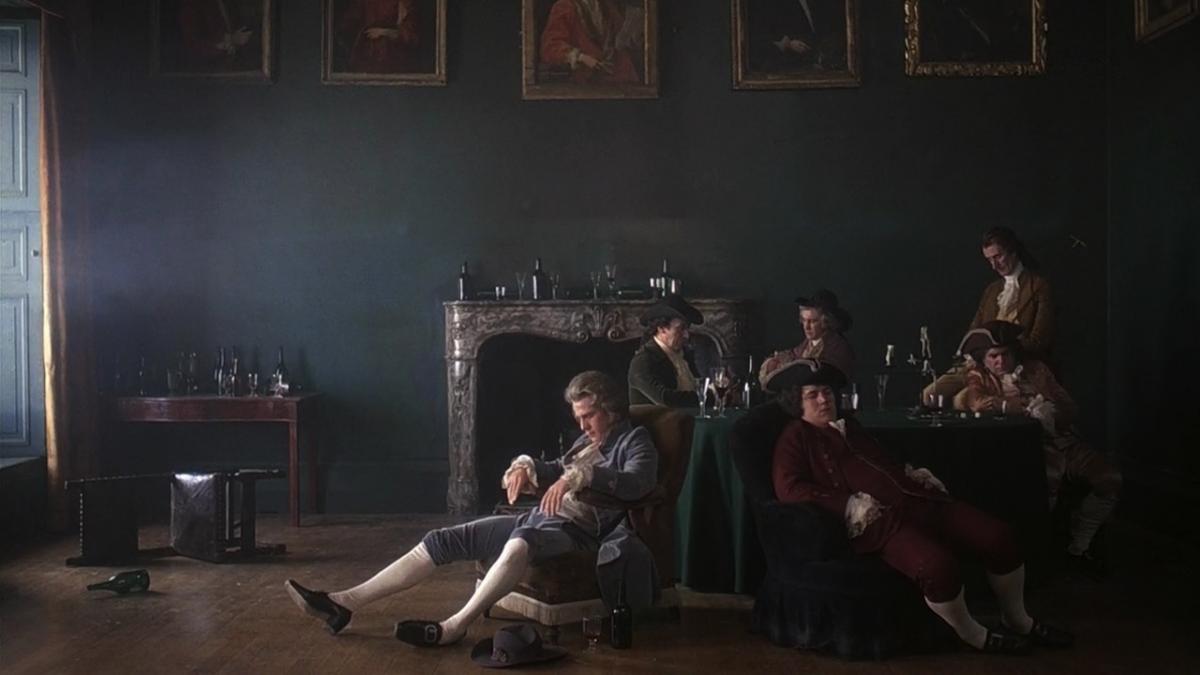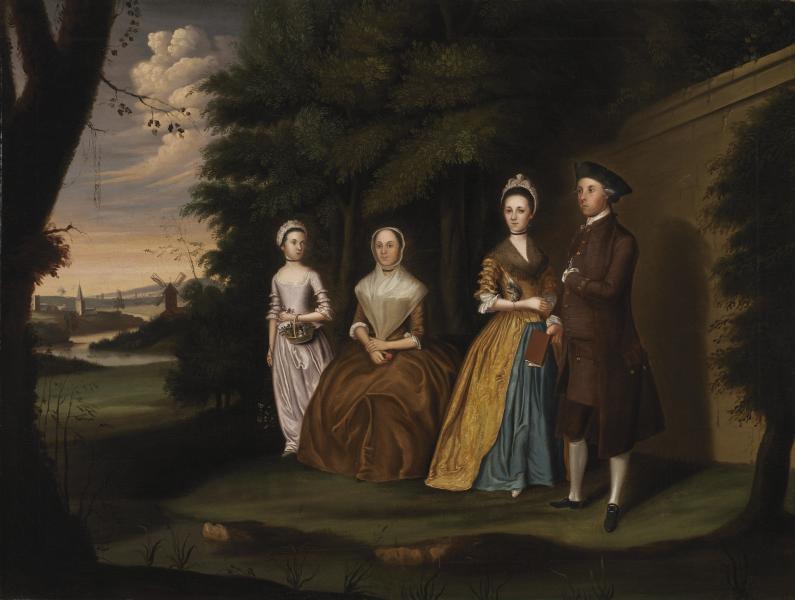
Typically when we think of movies we think of big blockbuster films like Black Panther. When we turn on the television we often see action-packed movie trailers, movie stars' scandals, and glamorous actors. But what if I told you that there is so much more to a movie than stardom? In fact, movies are actually filled with art! A movie couldn’t happen, or look as good as they do, without talented designers and artists.
This summer Movies at SAAM is presenting three extraordinary films that exemplify the many different elements of art and design in movies.
We will inaugurate the series on June 16, with the 1975 masterpiece Barry Lyndon. Directed by Stanley Kubrick, this film was meant to look like an ensemble of 18th century paintings. Using only natural lighting and specially designed lenses from NASA, Barry Lyndon recreates landscapes, interiors, and portraits of 18th century aristocratic lifestyle like a master painter. The film follows a trickster whose opportunism takes him from an Irish farm to the battlefields of the Seven Years War and into the homes of high society. To help us understand the film's brilliance and historical significance, Professor Giovanna Chesler of George Mason University will be joining us for a pre-film discussion.
Understanding how to light a scene isn’t the only element of designing a movie. Set design also plays a crucial role in helping the director create a film. One film in particular has been recognized as one of the best set designs in all American film history. Stanley Kubrick’s 2001: A Space Odyssey, screening on July 21, takes set design to a whole new level by bringing in experts from NASA, architects, and artists. To contextualize the film, Abraham Thomas, curator-in-charge of SAAM's Renwick Gallery, will take us through the film's detailed, imaginative, and innovative set designs.
On July 28, we'll top off the series with the 1976 winner of the Cannes Film Festival Palme d’Or prize Taxi Driver. This film is known for its spectacular acting by Robert De Niro and the young Jodi Foster, but it is also known for its artistic direction. During the New Hollywood era (aka the American New Wave), Martin Scorsese shook America with his gritty and emotional films. Part of his success and nuance was his ability to visually create empathy. From the title design to camera angles, art direction helped make Taxi Driver one of the best films of the 20th century. Artistic consultant and famous movie title designer Dan Perri will be talking with us after the show about his experiences working with Scorsese, and his career designing titles for films like Star Wars, Taxi Driver, and over 200 other films.
So much art and creativity goes into making a film. Come share with us your favorite movies and how they embody creativity and design.
Each screening begins at 3 p.m. in the McEvoy Auditorium, and is followed by an informal discussion.




















